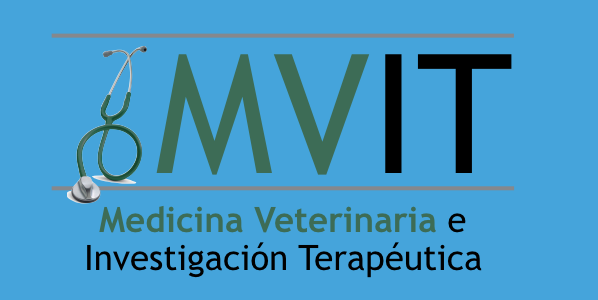Identification, antimicrobial susceptibility, and virulence factors of enterococcus spp. strains isolated from camels in canary Islands, Spain
Veterinaria Italiana Volume 51, Issue 3, July 2015, Pages 179-183
Tejedor-Junco, M.T. , González-Martín, M., González, N.F.R., Gutiérrez, C.
Abstract
This study investigated the presence of Enterococcus spp. strains in camel faeces, their virulence factors, and resistance to the antibiotics commonly used as therapy of enterococcal infections. One hundred and seventy three Enterococcus strains were isolated and identified to species level using polymerase chain reaction (PCR). Susceptibility to 11 antimicrobials was determined by disk diffusion method. Minimal Inhibitory Concentrations (MIC) of penicillin, ampicillin, vancomycin, teicoplanin, gentamicin, and streptomycin were all determined. Genes encoding resistance to vancomycin, tetracycline, and erythromycin as well as genes encoding some virulence factors were identified by PCR. Enterococcus hirae (54.3%) and Enterococcus faecium (25.4%) were the species most frequently isolated. None of the strains were resistant to vancomycin, teicoplanin, ampicillin or showed high level aminoglycoside resistance (HLAR). Strains resistant to rifampicin (42.42%) were those most commonly found followed those resistant to trimethoprim-sulfamethoxazole (33.33%). The genes tetM, tetL, vanC1, and vanC2-C3 were detected in some strains. Virulence genes were not detected. Monitoring the presence of resistant strains of faecal enterococci in animal used with recreational purposes is important to prevent transmission of those strains to humans and to detect resistance or virulence genes that could be transferred to other clinically important bacteria. © 2015, Istituto Zooprofilattico Sperimentale dell’Abruzzo e del Molise “G.Caporale”.



